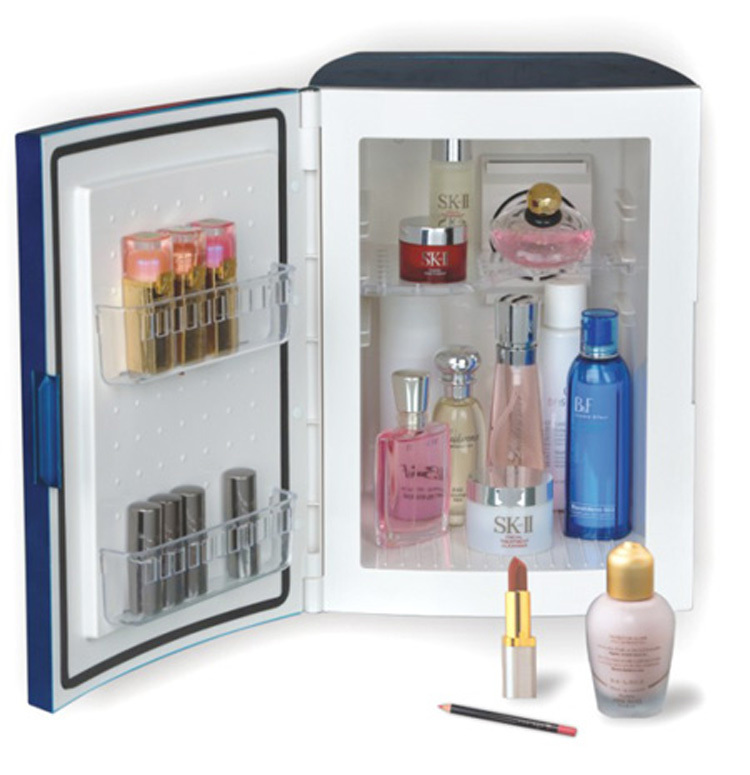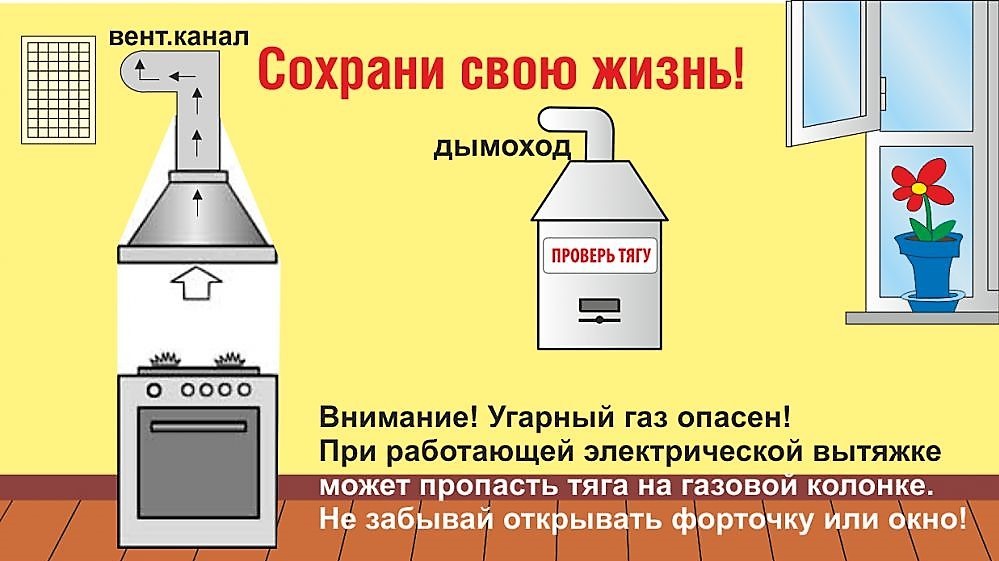An automatic model washing machine is considered one of the most essential household appliances. In order for it to last as long as possible, the correct installation of the washing machine is necessary. Next, let's get acquainted with all the nuances of this process.
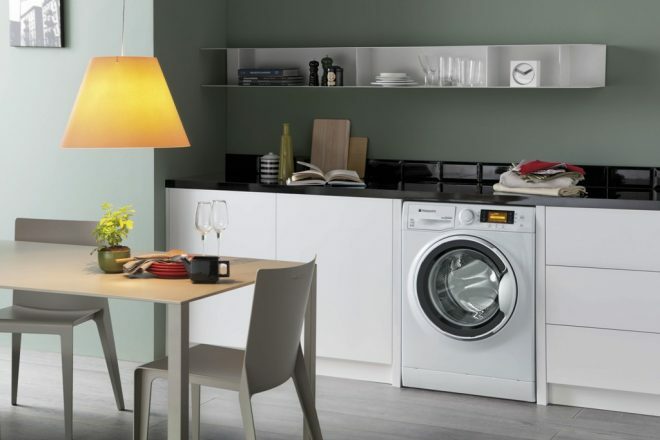
We create conditions for the installation of the unit
The ideal option for installing a washing machine is considered to be placing the device near a water supply system in close proximity to a power supply (outlet). With this approach to solving the issue, the user will not have problems with lengthening hoses or laying wiring.
Attention! Earned on our website kitchen designer. You can familiarize yourself with it and design your dream kitchen for free! May also come in handy wardrobes designer.
In the process of preparing for the main work, you need to pay attention to the ease of use of the device and the aesthetic component. The washing machine should fit well into the existing kitchen interior. Problems can arise for owners of small apartments, where every square centimeter of usable area is expensive, the device must be placed in such a way that it does not interfere with the rest of the furniture.
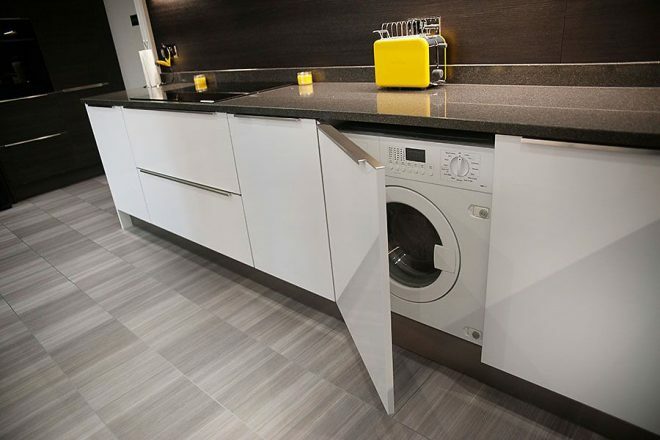
Best Place to Install
In most cases, washing equipment is installed in the bathroom. All the necessary engineering communications, water supply and sewerage system are located in this place. Sometimes there is not enough usable space in the bathroom for this household appliance. In this case, the washing machine is moved to the corridor or connected to the kitchen.
When connecting a washing machine in the kitchen, pay attention to the following nuances:
- The floor covering in the room must be durable and withstand vibrations generated by a working household appliance.
- The possibility of installing engineering communications (water supply and sewerage over long distances).
- The installation of the device is carried out on a flat floor, in addition, all existing irregularities on the surface of the walls are taken into account.
- There should be a small usable space (at least 1 centimeter) between the built-in household appliance and the furniture surface.
In the kitchen, the appliance is placed under the countertop near the sink, which allows the appliance to be connected. All the nuances of the installation work are described in the instructions for installing the washing machine. Each user must comply with the manufacturer's instructions.
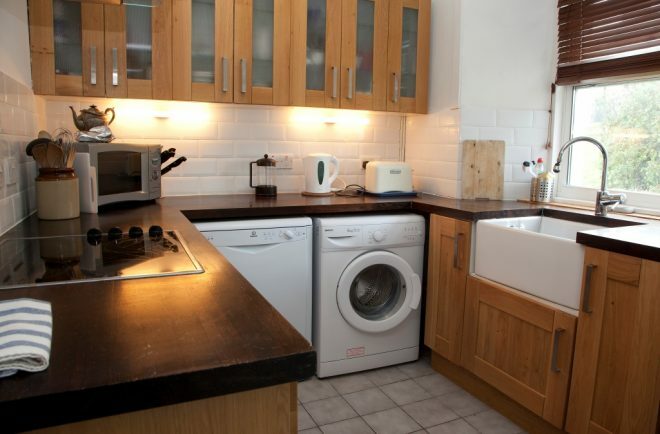
How to install the washing machine correctly
The main features of the installation of the considered household appliance are considered to be the close proximity of the power source, sewer and water supply systems. Installation of such equipment in the kitchen is carried out near the sink. Along with this, it is necessary to take into account other nuances:
- A grounded outlet must be provided in the room. This device is fixed on the wall at a distance of 30 centimeters from the floor level. Instructions for connecting the washing machine have a clause prohibiting the use of carriers and extension cords. The appliance plug is plugged directly into the socket.
- The surface for the installation of the equipment must be perfectly leveled and have sufficient strength values. The worst option is a wooden plank floor, the concrete base is much stronger and more reliable.
- A special double siphon is installed in the sink in the kitchen, which is used to connect the drain pipe of the washing machine.
In addition to all the above requirements, it is necessary to provide reliable and high-quality ventilation in the kitchen. Such a system will facilitate the rapid removal of humid air, prevent oxidation of the contacts on the device.
Connection to water supply and sewerage
How is the installation of the washing machine carried out with your own hands? This device is connected to the cold water pipeline using a special pipe. Dirty water goes to the sewer through a special drain hose, which is made in the form of a corrugated tube. The supply and discharge of liquid occurs in an automatic mode, therefore, the junction of the branch pipe and the water supply must be sealed.
The set of the household appliance includes a special hose of the required length. This element is connected to the outlet on the back of the device using a plastic nut. A plastic hook is required to secure the nipple to the surface of the sink. This element is also present in the package of the device.
If possible, the drain pipe is connected directly to the outlet of the sewer system, for this a special adapter is used. The water flow rate can be high. A shut-off valve is used to reduce the possibility of spillage or damage to the tube. After connecting all the pipes and sealing the connections, turn on the water and inspect the device for leaks. If necessary, we clamp the threaded connections, fix the rubber gaskets.
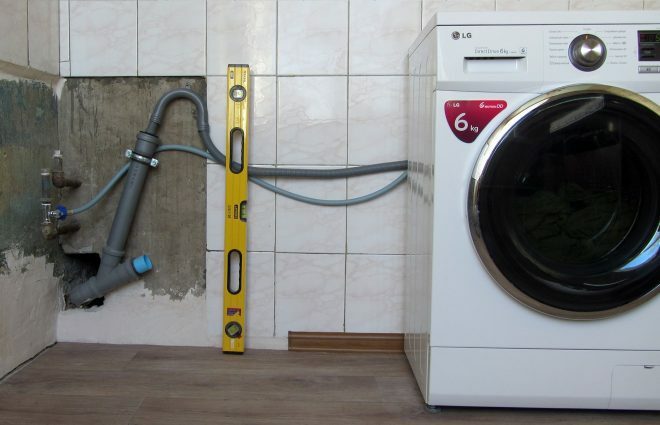
Adjusting the stand
Correct installation of the washing machine begins with adjusting the height of the legs (stands). The drum of this household appliance should be located in the same vertical plane, rotate smoothly, without distortions. To do this, you need to accurately set the horizontal surface, its position is checked according to the readings of the building level. If there are elevation differences by a degree or more, the legs are twisted in the right direction. The position of the stands is changed using threaded connections.
It is not recommended to place wooden planks or pieces of linoleum under the coasters. These parts can pop out during washing, leading to distortion of the household appliance.
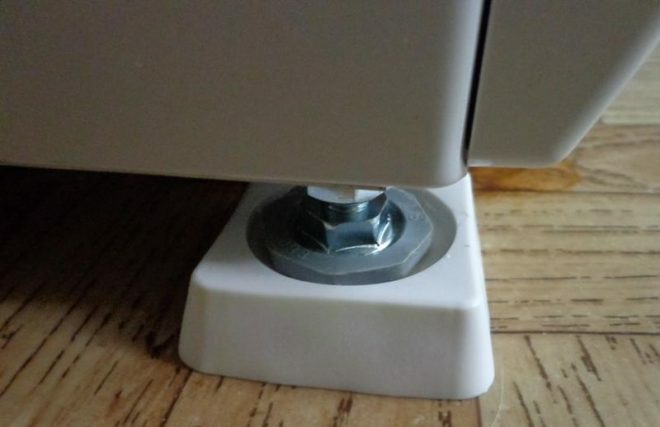
How to connect the washing machine in the kitchen to the power supply
Do-it-yourself installation of a washing machine involves connecting the device to a source of electricity. It is not recommended to plug the plug into an outlet fixed to the extension cord. It is not advisable to connect the device to a common network, this will increase the load and destroy the cable. Separate wiring is used to connect the washing machine. The cable is laid in a groove in the wall, which is subsequently sealed with mortar, or in a special plastic casing. If this is not possible, but during the washing period it is necessary to turn off all household appliances in the kitchen.
Now we know how to install a washing machine. To reduce vibration, a rubberized mat is placed under the legs. The same material is installed on the kitchen wall at the back of the appliance.
Fixing the machine
The instruction does not provide for a rigid fixation of this household appliance to the floor. If you remove the top cover of such a device, you can see heavy metal parts, counterweights. When rigidly mounted, such parts will break the drive. The vibration of the appliance also depends on the way the laundry is placed. If you throw clothes in a lump, then the washer will start to jump during vibration and will not last long. The only way out is to install a rubber mat under the legs.

Testing
At the initial stage of work, it is necessary to unscrew all transport bolts and install plastic plugs in their place. After connecting the washing machine to utilities, you need to plug the plug into the outlet and test the device's performance. During such procedures, we unscrew the tap and supply water to the unit. If leaks are found in the system, tighten the nuts. We turn on the washing machine in test mode without adding clothes and check its performance.
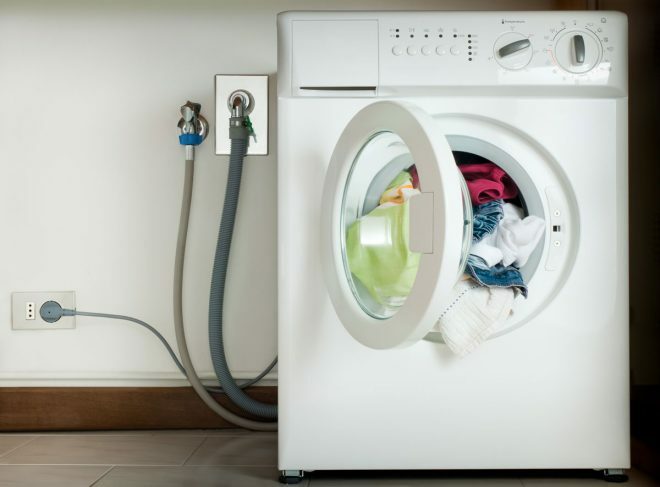
Features of the installation of the built-in washing machine
Next, let's figure out how to install a built-in washing machine. Such units have compact overall dimensions, they will fit well into any kitchen interior. The front side of this household appliance usually repeats the color of the headset, the supply pipes and the electric cable are masked in the cabinet.
In built-in models of machines, a door for front loading of clothes is provided, so in the kitchen there should be additional space for the unhindered opening of the hatch. Despite its small overall dimensions, this technique is slightly more expensive than standard models. Built-in washing machines are installed in the space under the countertop or in a small cabinet with doors on a hard floor covering. This will prevent vibration in the rest of the furniture.
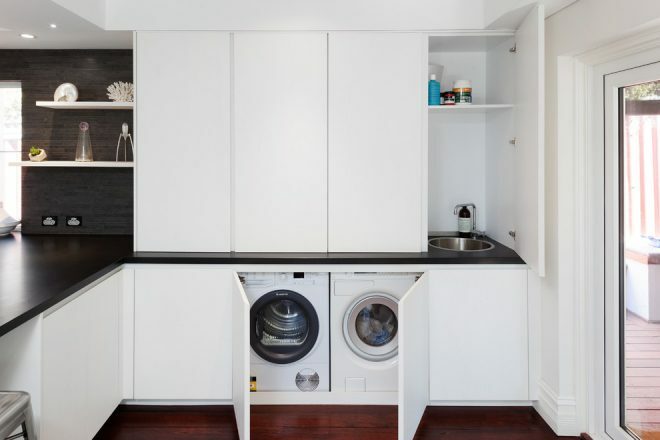
Possible problems and ways to fix them
The main problems arise with increased vibration while the machine is running. The household appliance may bounce or move across the floor. The first step is for the user to determine the reason for this behavior of the washing machine. Let's consider the possible options:
- transport fasteners were not removed before equipment installation;
- uneven floor, which leads to the rocking of the machine;
- perfectly flat and slippery floor covering (in this case, place a rubber mat under the feet).
The simplest problem is considered to be the twisting of clothes in a lump. In this case, turn off the appliance, distribute the laundry evenly and turn on the spin mode. A specialist will be able to deal with technical problems, these include:
- breakage of shock absorbers;
- wear of the springs on which the tank is fixed;
- destruction of the drum bearing.
Any user can connect household appliances to utilities and a power supply. If you have the right tool, it won't take long. After installing the washing machine, carry out a test run without laundry. The machine can be used if there are no extraneous sounds during the first start.
